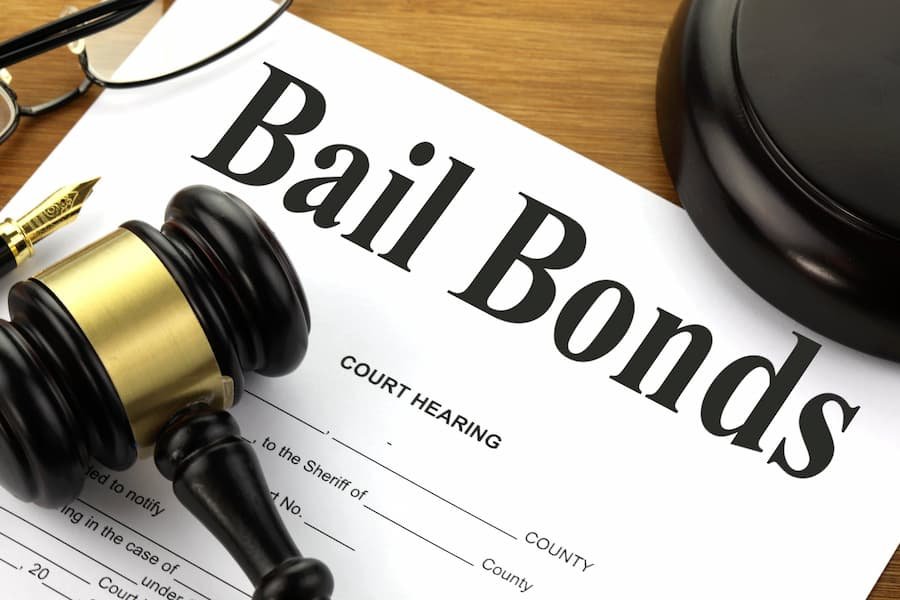Believe it or not, many people are not familiar with bail bonds and the way they work. Bail bonds are not the same. A bail bond is a type of surety bond that is provided by a surety bond company via a bail bondsman or a bail agent. This person is in charge of securing the release of the person from jail. DWI bail bonds MN-located, and in other locations, available for those who don’t have the money to pay the bail amount up front after being arrested.
Types of Bail Bonds
There are two types of bail bonds:
- Civil bail bond– These types of bonds are normally used only in civil cases and guarantee the payment of the entire debt in addition to interests and costs that have been assessed against the defendant.
- Criminal bail bond– This type of bail bond is mainly used in criminal cases and also guarantees that a defendant can participate in trial once they are called on by the court. This type of bail bond also guarantees that any payments for penalties and other fines against the defendant are paid.
How do Bail Bonds Work?
First, a judge will set a bail amount for a defendant. If the defendant is unable to pay the entire amount of bail on their own, they can request help from a Bail Bondsman. This will be delivered in the form of a bail bond.
However, in order for a defendant to post a bail bond, they must pay at least 10% of the bail to the bondsman. Once the bondsman receives 10% from the defendant, he or she will then secure the remaining bail amount in the form of collateral. However, if the defendant does not have enough collateral, the Bail Bondsman may reach out to family or friends to help cover the amount in bail.
There are other times when an additional cash payment is required as well as full collateral in order for a bond to be posted. Following a bail bond, the defendant must appear in court after being released. If the defendant fails to appear in court, the bail bond will be forfeited and the court will require the remaining 90% of the bail to be paid. In order to pay the remaining bail amount, the Bail Bondsman will use the collateral of the defendant.
However, if a defendant does show up to their court appearance, the bail bond will be fully dissolved and the collateral will be returned to whoever posted it. The bail bondsman will also be able to keep the 10% cash fee as profit.
Many surety companies do not write bail bonds due to issues with underwriting associated with them. These types of bonds are the most dangerous bonds to write about. This is because if the defendant does not show up in court, the company that issued the bond will be responsible for the full bond penalty.
Read also: Avoid Jail Time By Choosing Bail Bonds

